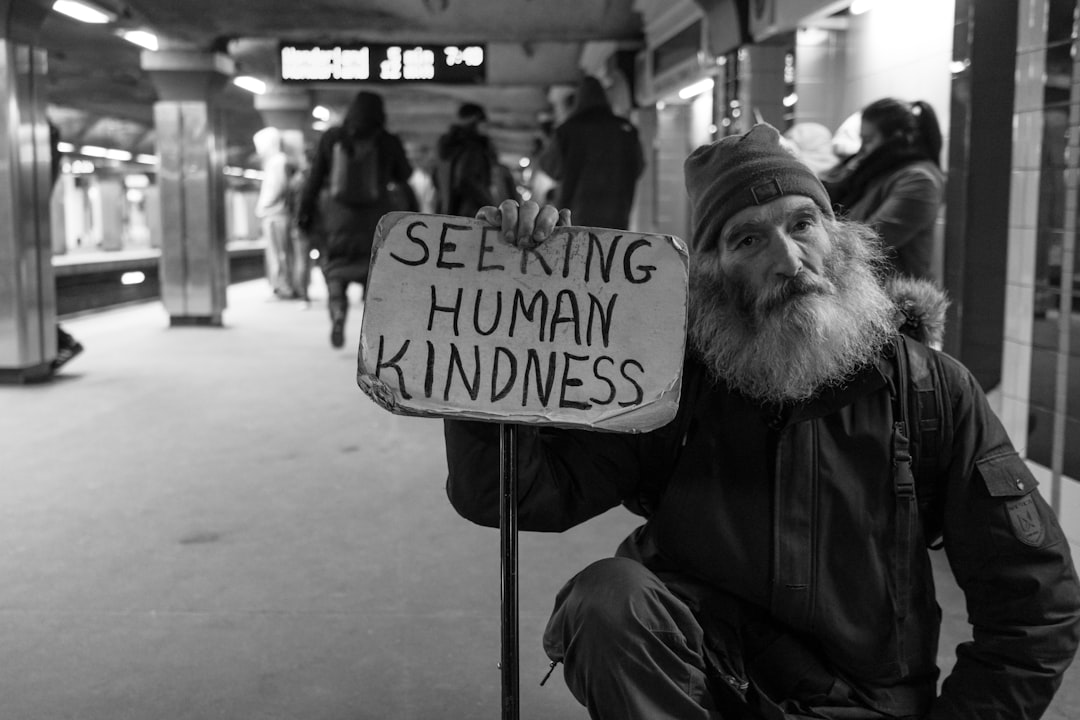A Beacon of Hope Turns Silent (image credits: Unsplash)
Seattle – Amid the relentless drizzle that soaks the sidewalks of downtown, a once-bustling hotel now stands as a quiet monument to good intentions gone awry.
A Beacon of Hope Turns Silent
Imagine stepping off the rain-slicked streets into a warm room with a lockable door – that’s the relief many found at the Civic Hotel when it opened as a shelter in 2022. For folks like Brenna Poppe, who arrived there after months outside, it was a game-changer, a place where tears of gratitude flowed freely. The setup worked well at first, pulling people from chaotic spots like Third Avenue and giving them a stable base to rebuild from.
But by last year, something shifted. Rooms that had been alive with new beginnings started sitting idle, their bright yellow doors closing on emptiness. The city had poured resources into this, yet the buzz faded into an eerie quiet that left residents wondering what came next.
This wasn’t just any lull; it highlighted deeper cracks in how Seattle tackles its growing homelessness problem, where thousands still huddle in doorways despite available funds.
The Price Tag of Inaction
Here’s the kicker: even as beds went unused, the city kept writing checks. In February 2024, officials locked in a $2.7 million extension for the Civic and similar spots, committing to full rent through year’s end. That meant taxpayers footed about $4,200 monthly for each vacant room by December – a staggering sum when over 4,600 people were unsheltered in the area.
City leaders called it a temporary pause, buying time amid budget uncertainties as federal aid dried up. They aimed to scout cheaper options without disrupting lives, but the result was a year of paying for space that helped no one new. Internal chats later revealed frustrations with program leaders, adding layers to the decision that went beyond finances.
Critics point out this clashes with promises from Mayor Bruce Harrell’s 2022 plan to track capacity closely and keep beds occupied. Overall, the city’s 2,850 shelter units ran at 87% full last year, but these empty hotel rooms stood out as a glaring exception.
Roots in the Third Avenue Project
The Civic was part of a bigger push called the Third Avenue Project, targeting a gritty stretch downtown where violence, overdoses, and open drug use create daily dangers. Nonprofits stepped up with “safety ambassadors” – everyday heroes handing out water, reversing ODs, and building trust to guide people toward shelter. It was a housing-first vibe, no sobriety strings attached, which aligned with Harrell’s call for on-demand support.
CoLEAD, the nonprofit at the helm, managed placements into the Civic’s 53 rooms and others, scoring big wins: 65% of clients moved to permanent housing in 2023, way above the city’s 26% average. These individual rooms offered privacy that group shelters couldn’t, crucial for those battling addiction or mental health issues.
Yet costs ballooned – rent hit $2.6 million yearly – prompting talks of a switch to a North Seattle apartment for $1 million less. That idea got shot down, leaving the project in limbo and rooms gathering dust.
Internal Tensions and Tough Choices
Behind closed doors, things got personal. A top mayoral aide expressed doubts about CoLEAD’s leader in private messages, questioning their effectiveness despite data showing strong outcomes. The city rejected the cheaper site, citing unreadiness, and instead extended the pricey Civic lease while halting new referrals.
This “wind-down” stretched 16 months, from early 2024 until placements restarted this summer. Safety ambassadors, meant to funnel folks from Third Avenue, saw their referrals drop from 47 in 2023 to 30 last year, forcing them to scramble with other providers.
One affected voice was Tiffany Fields, who dodged threats at bus stops, faking toughness to stay safe. She waited months for a spot that could have been hers in those empty rooms, underscoring how policy snags ripple into real lives.
Resuming with a Fresh Start
Finally, in July, the pause lifted at the very North Seattle building once proposed. Now called Turina James, it welcomed Fields with open arms – an Uber ride, gifts, and a key to stability. She’s thriving there, piecing her life back together after years on the edge.
CoLEAD’s overall success rate ticked up slightly to 71% for all clients, though city-funded ones dipped a bit. The focus shifted somewhat, prioritizing Chinatown-International District residents over Third Avenue, changing the project’s flow.
Poppe, the early Civic resident, ended up at the new site too, watching rooms fill once more. It’s a win, but the delay raises questions about efficiency in a crisis where every bed counts.
Broader Impacts on Seattle’s Streets
The fallout hit hard in areas like The Blade on Third Avenue, where unchecked disorder affects everyone nearby – from market-goers to office workers. With fewer direct paths to private rooms, ambassadors focused more on crisis intervention than long-term housing links.
Experts like Rachel Fyall from the University of Washington argue unused rooms mean higher costs elsewhere: ER visits, jail time, police overtime. A 2023 study showed 90% of those contacted on Third Avenue were unhoused, hungry for indoor options that weren’t there.
- Safety ambassadors reversed overdoses and deescalated fights daily.
- Traditional shelters’ lack of privacy pushes many away.
- Homelessness rose just 2.2% statewide last year, but Seattle’s visible struggles persist.
- City budgets now emphasize similar models, signaling potential for smarter spending.
- Yet, with 97% of beds occupied citywide, gaps like the Civic’s empty ones hurt the most.
Key Takeaways
- Seattle’s shelter investments saved lives but wasted millions on vacancies due to planning hiccups.
- Nonprofit programs like CoLEAD outperform averages in housing placements, proving targeted outreach works.
- Balancing budgets with immediate needs remains a tightrope – empty rooms symbolize missed chances for real change.
In the end, stories like Fields’ remind us that behind the numbers are people craving a shot at normalcy. Seattle’s experimenting with these hotel-to-shelter models shows promise, but streamlining decisions could turn pauses into progress. What do you think – is this a fixable flaw in the system, or does it need a total rethink? Share in the comments.








